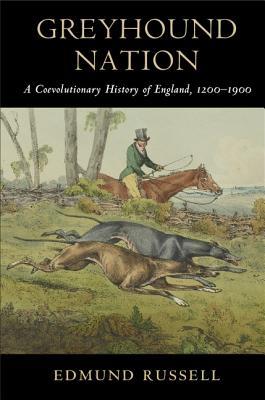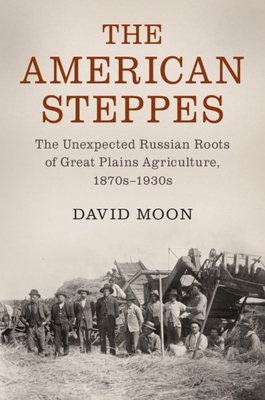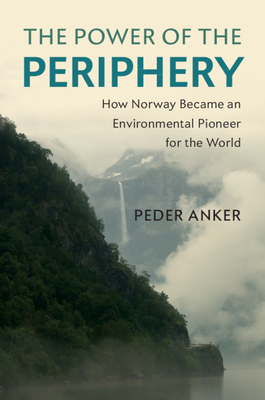


Books in series

The Caribbean Slave
A Biological History
1984

Games against Nature
An Eco-Cultural History of the Nunu of Equatorial Africa
1987

The Danish Revolution, 1500–1800
An Ecohistorical Interpretation
1994

Fish versus Power
An Environmental History of the Fraser River
2004

An Environmental History of Russia
2013

The Ecology of War in China
Henan Province, the Yellow River, and Beyond, 1938–1950
2014

Forests in Revolutionary France
Conservation, Community, and Conflict, 1669-1848
2015

Waste into Weapons
Recycling in Britain during the Second World War
2015

Empire of Timber
Labor Unions and the Pacific Northwest Forests
2015

Across Forest, Steppe, and Mountain
Environment, Identity, and Empire in Qing China's Borderlands
2015

The Nature of Soviet Power
An Arctic Environmental History
1871

Feral Animals in the American South
An Evolutionary History
2016

Greyhound Nation
A Coevolutionary History of England, 1200–1900
2017
The Nature of Disaster in China
The 1931 Yangzi River Flood
2019

Pipe Dreams
Water and Empire in Central Asia's Aral Sea Basin
2019

The American Steppes
The Unexpected Russian Roots of Great Plains Agriculture, 1870s–1930s
2020

The Power of the Periphery
How Norway Became an Environmental Pioneer for the World
2020